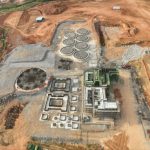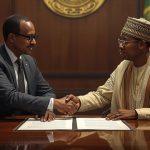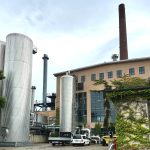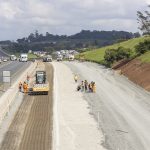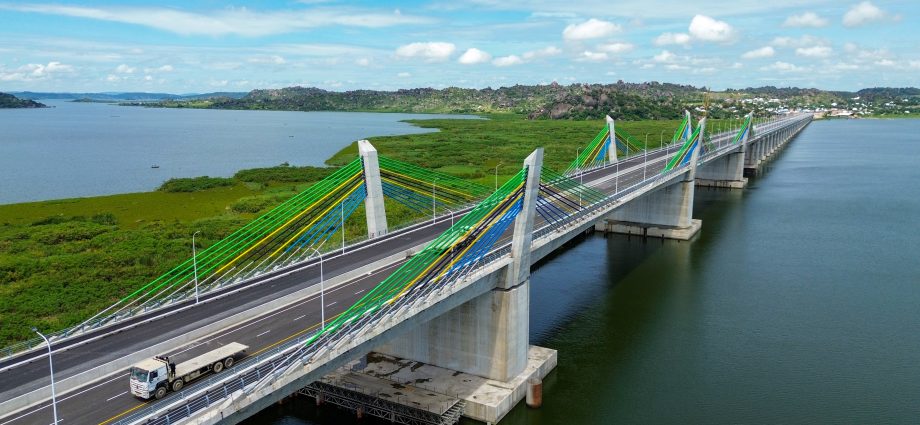- Landmark 3 km bridge across Lake Victoria is the world’s sixth longest
- Will reduce crossing time over Lake Victoria from 3 hours by ferry to just 3 minutes by car
- Capable of handling 12,000 vehicles and 160 tonnes daily
- Set to transform regional trade and deliver long-term economic gains, including increasing fish exports by 12% over five years and improve access to key mining, agriculture and tourism regions
- Project delivered under President Samia after overcoming pandemic-related financial constraints
- Over 34,000 Tanzanians employed, with significant skills transfer and local contractor participation
- Part of a broader infrastructure transformation including the SGR railway, LNG project, and new airport
The Government of the United Republic of Tanzania today inaugurates the J.P. Magufuli (Kigongo–Busisi) Bridge, a landmark infrastructure project that connects the Mwanza and Geita regions across Lake Victoria. At 3 kilometres in length, it is the longest bridge in East and Central Africa and the seventh longest on the continent.
Built to accommodate four lanes of traffic, emergency shoulders, and pedestrian walkways, the bridge dramatically reduces crossing times from three hours by ferry to just three minutes by car. With capacity for 12,000 vehicles a day and a load capacity of up to 160 tonnes, it will play a vital role in enhancing connectivity of Tanzanian’s Lake Zone regions and strengthening trade corridors to neighbouring countries including Uganda, Rwanda, Burundi, and the Democratic Republic of Congo.
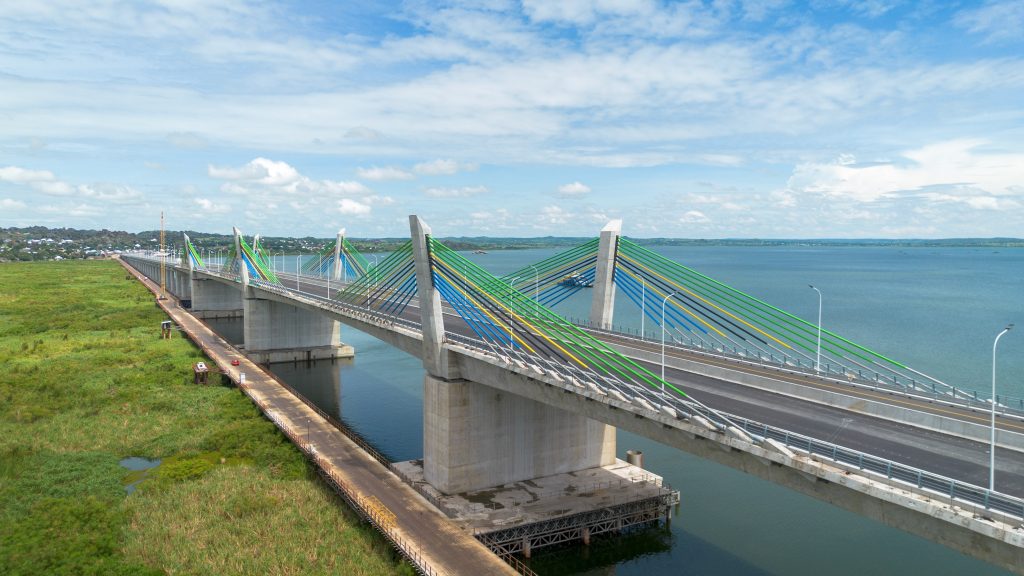
The bridge is expected to unlock long-term economic gains, including a projected 12% increase in fish exports over five years, lower transportation costs for goods and services, and improved access to remote areas with economic potential in mining, agriculture, and tourism.
“This bridge is a bridge of opportunities for women, youth, and entrepreneurs,” said H.E. Dr. Samia Suluhu Hassan, President of the United Republic of Tanzania. “We made a promise, and we have delivered.”
Construction began in 2020 under the leadership of the late President John Pombe Magufuli, in whose honour the bridge is named. When President Samia assumed office in 2021, the project stood at just 25% complete and was facing financial constraints due to the COVID-19 crisis.
Against these odds, the President mobilised over TZS 611 billion to finance and complete the bridge on time, underscoring the government’s commitment to delivering strategic infrastructure.
More than 34,800 Tanzanians were employed during construction, including over 20,000 skilled workers. The project also supported nine local subcontractors and 16 Tanzanian manufacturers and suppliers. Skills developed during construction ranged from cable-stay installation and concrete engineering to carpentry, welding, safety assurance, and bridge maintenance.
The bridge also hosted on-site training programmes for university students and young engineers through the Structured Engineers Apprenticeship Programme (SEAP), helping to build long-term local capacity.
The J.P. Magufuli Bridge is toll-free and built to international safety and environmental standards. It includes two 7-metre dual carriageways, 2.5-metre-wide pedestrian paths on each side, emergency lanes, and a 520-metre cable-stayed central span. Environmental safeguards were implemented to protect Lake Victoria’s ecosystem during construction.
The bridge is a key component of Tanzania’s broader infrastructure investment programme, which includes:
- Julius Nyerere Hydroelectric Power Project
- Tanzania Liquefied Natural Gas Project
- Standard Gauge Railway (SGR)
- Bagamoyo Port and Special Economic Zone
- Msalato International Airport.
“The Kigongo–Busisi Bridge is an important part of connecting strategic infrastructure that facilitates the transportation of goods via the SGR Modern Railway and regional roads, thereby increasing investment productivity and boosting the economy,” said Hon. Abdallah Ulega (MP), Minister of Works.
As the longest bridge in East and Central Africa, the J.P. Magufuli Bridge is more than a physical crossing – it is a symbol of national ambition, resilience, and progress.
“The bridge’s construction is proof of our nation’s ability to mobilise domestic resources towards transformative development,” said Minister Ulega.
Echoing the words of Tanzania’s first President, Mwalimu Julius Nyerere: “We don’t just build bridges, we build unity and opportunities for our people.”
Ends



